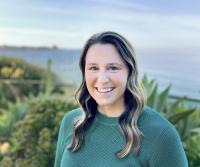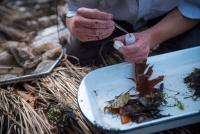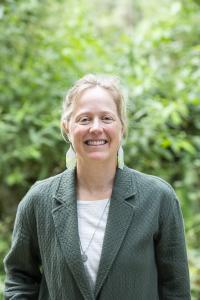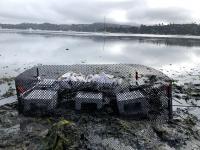Breadcrumb
News archives
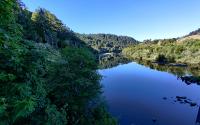
Droughts are Shifting Migration Patterns in Already Endangered Russian River Coho Salmon
Lower flows and warming water temperatures are creating a potentially deadly timing mismatch for young salmon headed to sea
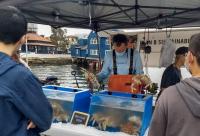
Celebrate local this holiday season with a new California seafood finder
A new interactive website helps customers find local, sustainable seafood
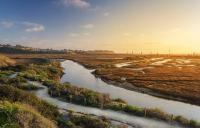
Scientists study an unexpected climate change problem: Rising groundwater levels
Already, water tables in some areas are inching up. This could make coastal regions more prone to flooding. But there are more insidious consequences, too.

How Ocean Conditions Change Rockfish Reproduction
A Q&A with recent NMFS-Sea Grant Fellow Sabrina Beyer
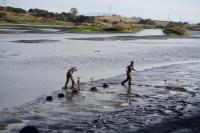
The next step in Olympia oyster restoration? Genome sequencing.
Scientists are taking an innovative approach towards this native oyster's conservation.
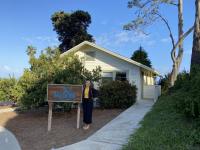
From fellowship to fellow teammate
Tanya Torres reflects on her Sea Grant Extension Fellowship with the NOAA Marine Debris Program.
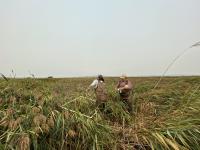
A study of a marsh ecosystem grows into a consideration of what science can be
By embracing complexity and nuance, Chapman University’s Richelle Tanner is searching for a more inclusive and effective approach to biology
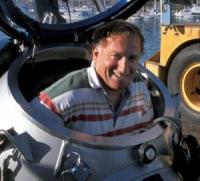
Rick Starr Discusses Seascape Ecology as 2022 Ed Ricketts Memorial Award Recipient
The marine scientist and former extension program director will provide a lecture on seascape ecology on Oct. 26
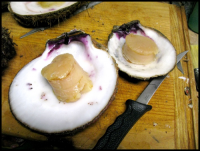
Rock scallops like it rough
By going against conventional wisdom, a team of California Sea Grant and Moss Landing Marine Lab researchers might have finally figured out some critical factors for farming large quantities of elusive giant rock scallop larvae
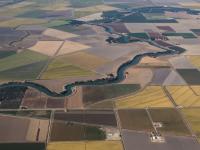
Pinning down the pesticides
The volume and variety of pesticides sprayed in California seem almost incomprehensible. Nonetheless, Delta Science Fellow Nicol Parker has built a model that can track their toxic spread

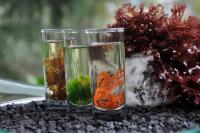
California Sea Grant Receives Nearly $700,000 To Develop New Hatchery Technologies For Seaweed Farming
Funding will address critical knowledge gaps in propagating seaweed and expanding U.S. seaweed markets
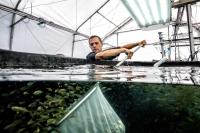
California Sea Grant Awarded Nearly $630,000 In Yellowtail Research Funding
Improving production of this commercially ready marine fish for aquaculture will help reduce America’s reliance on imported seafood
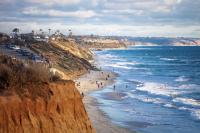
Study finds coralline algae are threatened by the dual stressors of ocean acidification and warming
These hard algae look similar to coral and are ecologically and economically important to kelp forest ecosystems
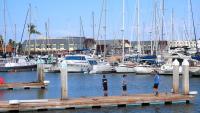
“Fishing for Meaning”
The underlying social significance of harvesting and eating seafood from urban San Diego Bay
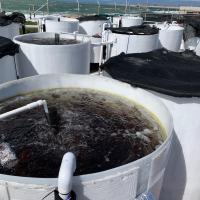
Ocean acidification can pose a challenge to abalone aquaculture. Seaweed can help
Growing dulse alongside abalone could have big benefits for aquaculture

